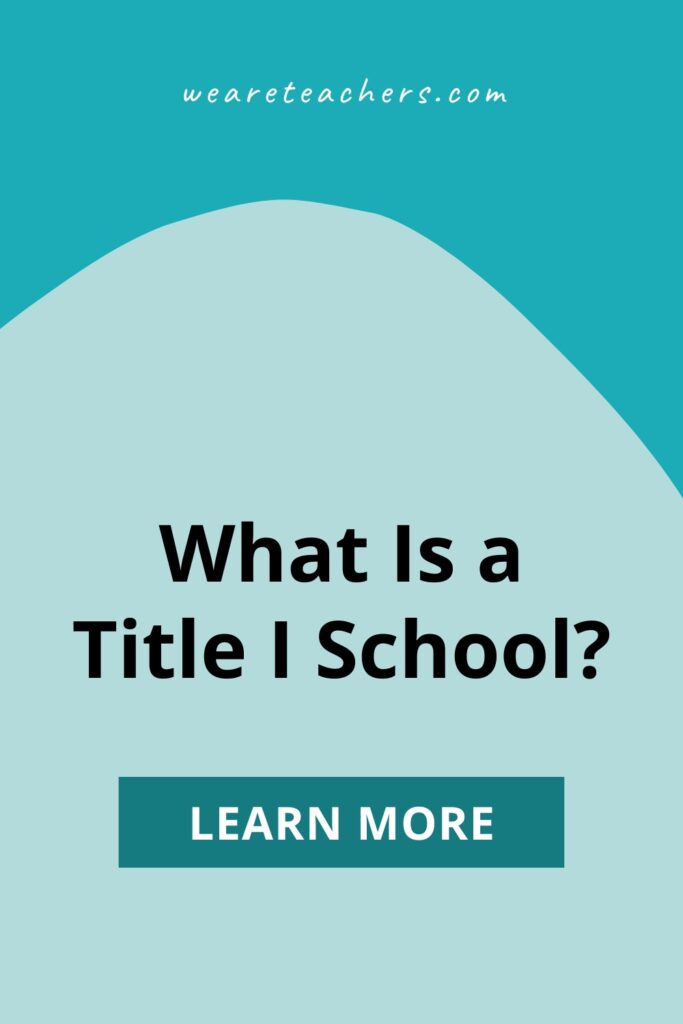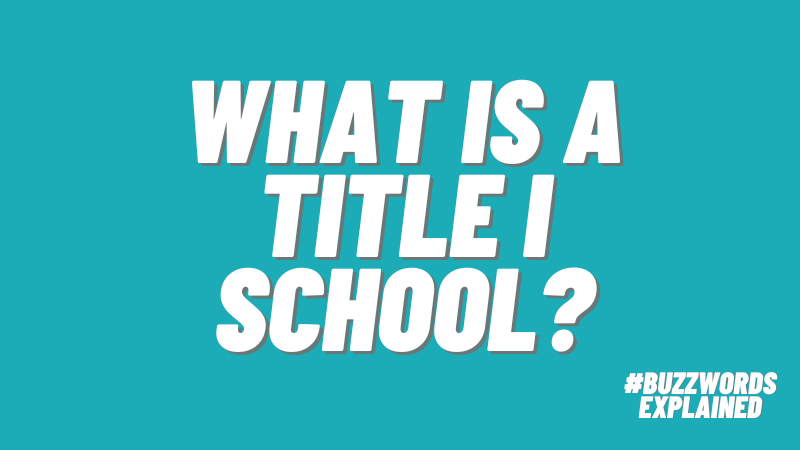When you think of Title I schools, you may think of run-down urban schools, Abbott Elementary, or the documentary Waiting for Superman. However, Title I describes funding a school receives, not what’s going on inside a school or who attends it.
What is a Title I school?
In brief, Title I is a federal program that supports low-income students. The federal government distributes money to schools with a greater number of students who qualify for free or reduced lunch. These funds are to be used to “supplement,” not “supplant,” the general experience, meaning that Title I funds should add to the students’ educational day, not simply pay for teachers and curriculum.

Source: Pexels.com
All students who attend a Title I school receive the services paid for by Title I money. So, if a school spends Title I money on providing additional intervention teachers, then all students are eligible to receive intervention from those teachers, not just the students who receive free or reduced lunch.
How did Title I start?
Title I was one of the cornerstones of President Lyndon B. Johnson’s War on Poverty in 1965. According to the U.S. Department of Education, Title I was developed to help reduce gaps in educational achievement between students who are and are not low-income. Since then it has been incorporated into education law, including NCLB (2001) and ESSA (2015). Now, Title I is the largest federal assistance program for schools.
How does a school become a Title I school?
A school is Title I because of the percentage of students who qualify for free or reduced lunch. When 40% of students in a school qualify for free and reduced lunch, then the school is eligible for Title I benefits.
In order to qualify for free or reduced lunch, parents must complete forms that report their income to the government. A family that has an income that is 130% above the federal poverty line or lower receives free lunch. A family that is living at up to 185% above the poverty line receives reduced-price lunch.
How are Title I schools funded?
Title I is under Part A of the Elementary and Secondary Education Act (ESEA), most recently updated by the Every Student Succeeds Act (ESSA) in 2015. Title I funds are allocated through formulas that take into account the number of children eligible for free and reduced lunch, and the state cost per student.
In 2020, $16 billion in Title I grants were sent to school districts. This amounted to about $500 to $600 for each low-income student per year, though that amount may be different for students in larger cities and remote areas. (Source: EdPost)
How many students receive Title I funds?
More than half of all American schoolchildren (25 million) in about 60% of schools benefit from Title I funds. This doesn’t mean that 60% of students are low-income, because all students in a school benefit from Title I funds. However, Title I is a funding source that reaches most American students.
Are there benefits to being a Title I school?
The benefits to being a Title I school really depend on how the additional funds are spent. If money is spent on more teachers, all students would benefit from reduced class size, for example.

Source: Pexels.com
Sometimes, community partners work with Title I schools and may provide students with extra opportunities. For example, a tutoring nonprofit or after-school program may focus their efforts on Title I schools. The idea is that by focusing on Title I, programs can reach a greater percentage of students who are low-income, though all students who attend the school can enroll.
Title I funds can be spent on anything that adds to the educational experience at a school, such as:
- Additional teaching time for students
- More teachers to reduce class size
- Teaching supplies or technology
- Parental participation efforts
- Pre-kindergarten activities
- After-hour or summer programs
What’s it like to teach in a Title I school?
That’s a hard question to answer, because teaching in a Title I school is like teaching in any school. It has pros and cons. The percent of students who are in low-income families is higher in a Title I school, which can impact the needs of the students that attend. The link between poverty and academic underachievement is real, and teaching in a Title I school can be hard (just like teaching in general is difficult). Still, teachers in Title I schools also have the opportunity to have a real, direct impact on the kids they work with.
One benefit to teaching in a Title I school is the Federal Teacher Loan Forgiveness program. Teachers qualify for a reduction in student loans if they teach for 10 years.
Read more and see if you qualify at StudentAid.gov.
How are parents involved in Title I schools?
One goal of the Title I legislation is to increase parent involvement. This means that under Title I, all schools that receive Title I funds have to develop an agreement, or a compact, between parents and the school. Parents have an opportunity to provide input into the compact each school year. But what this looks like at each school will be different depending on the school’s priorities and how they choose to engage parents.
Resources
Read more at the National Center for Education Statistics.
Learn more about the funding benefits and requirements of Title I schools at Research.com.
Do you work at a Title I school? Connect with other teachers in the WeAreTeachers HELPLINE group on Facebook.
Plus, check out our research on How Many Teachers Are in the U.S.? (And Other Interesting Teacher Statistics)


